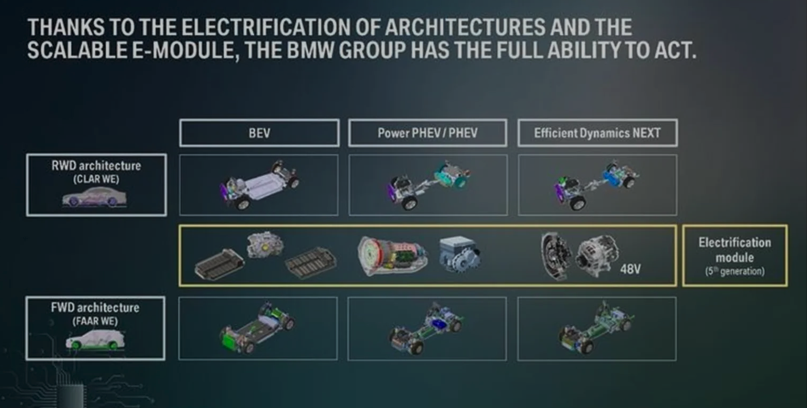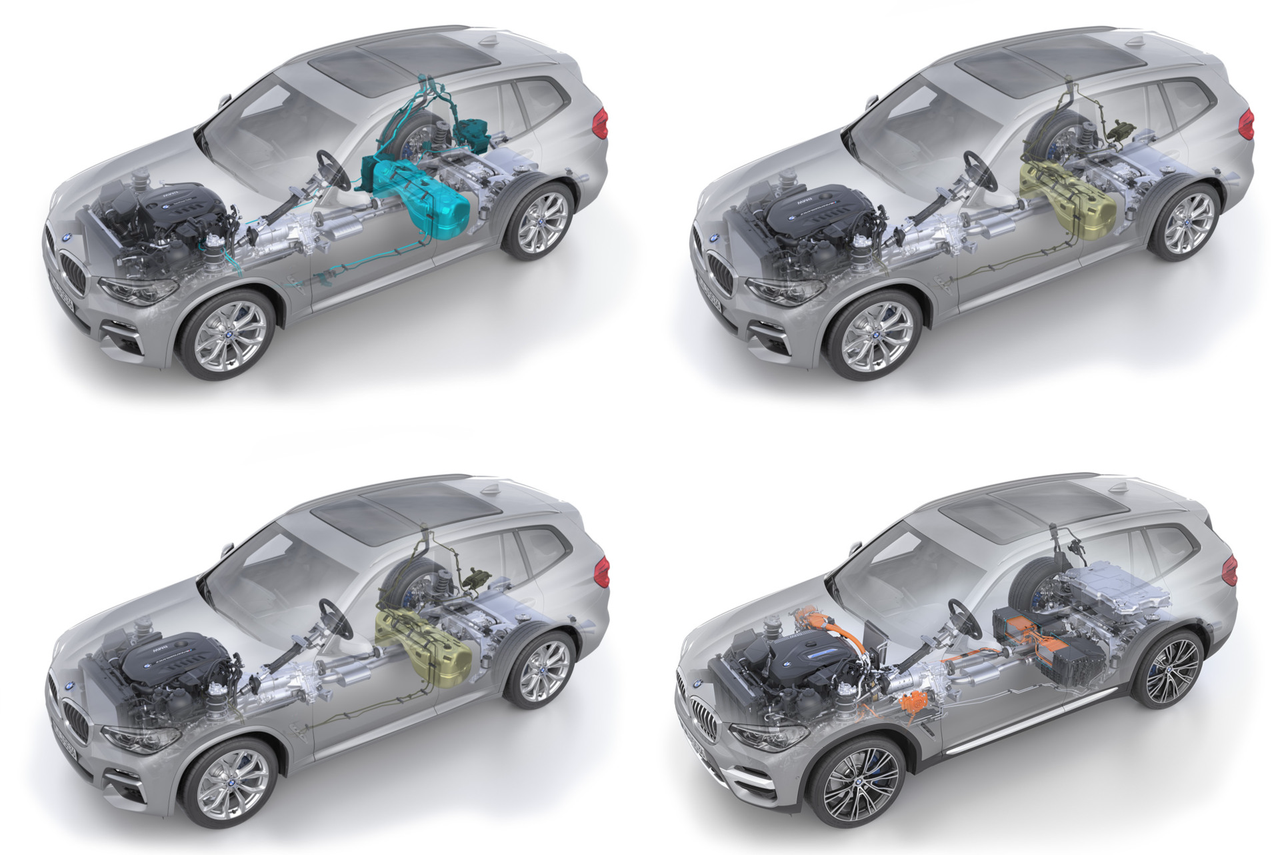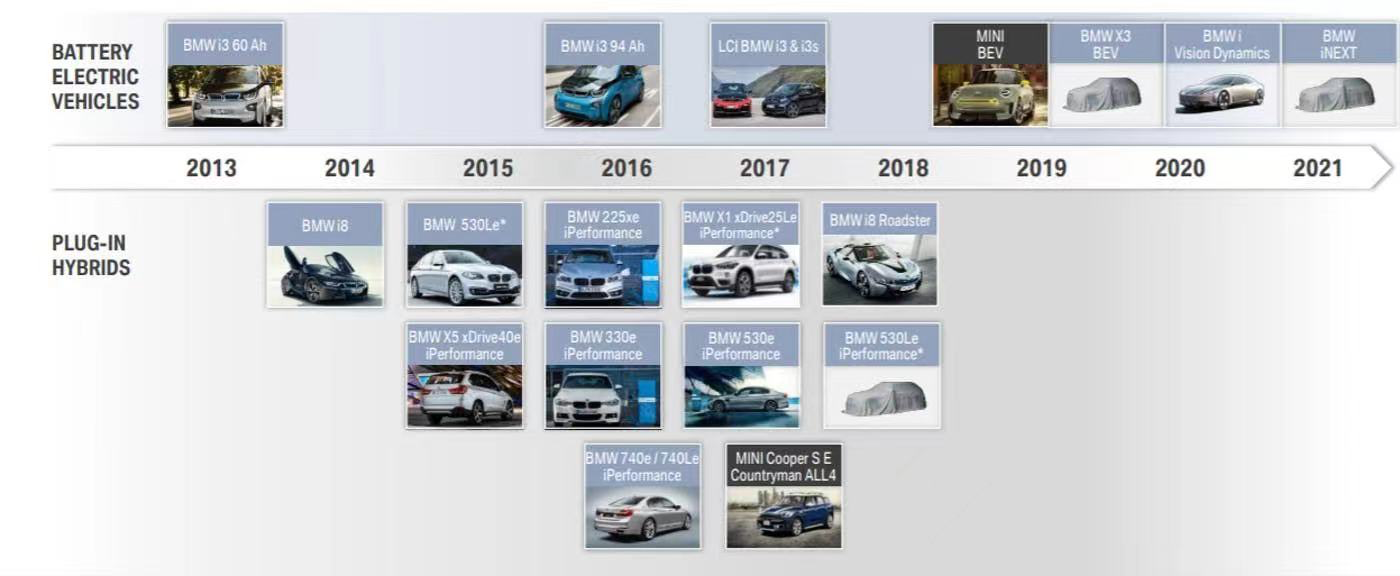Tonight, BMW will launch its pure electric flagship executive sedan, the i7. I rubbed my hands excitedly, but there is a voice that has been bothering me, everyone says BMW is “electrification of gasoline cars”!
After reading this short article, I believe you will have a very clear understanding of whether it is “electrification of gasoline cars,” and you can also teach your good friends.
What is Electrification of Gasoline Cars?

They say that BMW’s current pure electric models, such as the i4 and i3, are “electrification of gasoline cars.” This statement seems reasonable, such as the i3 that was just released not long ago, the rear platform is not completely flat. So, what is electrification of gasoline cars? Why do people believe that these two cars from BMW are examples of this?
We cannot rashly accuse BMW from the appearance (although the appearance does look like “electrification of gasoline cars”). We need to see the essence through the surface.
First of all, the electrification of gasoline cars platform we understand should emphasize the word “conversion”. It means that the original gasoline platform has been “converted” to be able to adapt to the production of pure electric cars. Therefore, this type of platform mostly carries some “dirt” of the gasoline platform, such as standardized space, overall low driving efficiency, poor intelligentization level, and weak OTA capacity.
However, CLAR is not a platform that was converted later into “electrification of gasoline cars”. I know you are going to start complaining, let’s review a bit of history.

After the i3 and i8 projects, BMW did not gain more market share with these two uniquely advanced and innovative products. At the same time, BMW found that developing a pure electric platform alone was expensive and difficult to quickly reduce cost advantages and replicate them to other models under its flag. Among BMW users, many consumers still expect to continue buying BMW gasoline models.
Therefore, based on the development and manufacturing experience of the i-series pure electric models and many years of gasoline and PHEV model production experience, BMW specifically designed the CLAR platform as a flexible architecture compatible with ICE, PHEV, and BEV, and officially called it “smart vehicle architectures.” This architecture can produce different powertrains on the same production line, and can flexibly switch power systems based on market conditions.
Yes, from the beginning, CLAR has fully considered some of the needs of pure electric models. Of course, at that time, the technology of pure electric models was not as advanced as it is now, so many platform considerations are not yet as thorough as the latest pure electric platforms. Therefore, in March 2021, BMW upgraded the CLAR architecture to better adapt to pure electric and hybrid models.
Why Do People Hate “Electrification of Gasoline Cars”?To answer this question, I may have to reiterate the topic of “three-cylinder engines”. In the early days, except for a few relying on subsidies or financially powerful automakers like Tesla, most pure electric models were developed experimentally by the fuel giants, who were uncertain about the future direction, such as General Motors’ EV1, BMW’s i3 (the one with the unique door design) and i8, and Toyota Prius.
Therefore, from a corporate perspective, since the future direction is uncertain, why go all-in to develop pure electric platforms with financial and material resources? It is natural to improve them from existing fuel platforms.
This resulted in our early pure electric models, which, under the impetus of policies, were almost all low-cost, legitimate “oil-to-electric” conversions. They had high energy consumption, small batteries, a host of minor problems, and looked quite “strange”, and criticism was inevitable. But there is no other way, it’s an inevitable process, the game between capital and the market, which we won’t delve into here as everyone understands it. I won’t add images because the attack surface is too broad.
BMW, from its experience with the i3 and i8, discovered that the cost of a pure electric platform is too high. Moreover, BMW seems to have always believed it is a “small factory” that does not need to actively give up the gasoline market and customers, and make massive investments to remodel factories. Therefore,
Is BMW’s next generation platform pure electric?

Volkswagen, as a fuel giant, is very aggressive towards pure electric and both of its current MEB and PPE platforms are pure electric, exclusively developed for electric models, and cannot be used for fuel vehicles. Even on the next generation SSP platform, the Volkswagen Group hopes to use this platform to produce all of its brand models.
BMW’s thinking is still relatively conservative because its next-generation platform “Neue Klasse” is essentially not “pure electric” as it has to take into account fuel, as well as the possible mainstream “hydrogen fuel cell.” Therefore, BMW calls Neue Klasse a flexible architecture that was developed and designed based on the “pure electric priority” principle.
All I can say is that the Neue Klasse platform is not a “pure electric exclusive” platform, but it really is not an “oil-to-electric” conversion.
Can “oil-to-electric” be purchased?
Okay, let’s get back to the point. Can those true “oil-to-electric” platforms, or platforms that are compatible with other powertrain types such as hybrid, be sold?
The answer is yes, but it depends on the specific situation. We need to look at whether the car meets our requirements at present; as long as it meets the standard, it can be ordered without worrying about “oil-to-electric”. We won’t look at the process or the origin, only the experience.
Of course, I also have some recommendations for selecting products to judge whether an “oil-to-electric” product is excellent:- Is the electric power consumption better than the competitors’ models?
- Is the level of intelligence and OTA capability better than the competitors’ models?
- Do you really like it?
Indeed, everything is compared. When you compare the “oil-to-electricity” models that you criticize with the “pure electric” platform models, you may be surprised.
This article is a translation by ChatGPT of a Chinese report from 42HOW. If you have any questions about it, please email bd@42how.com.
